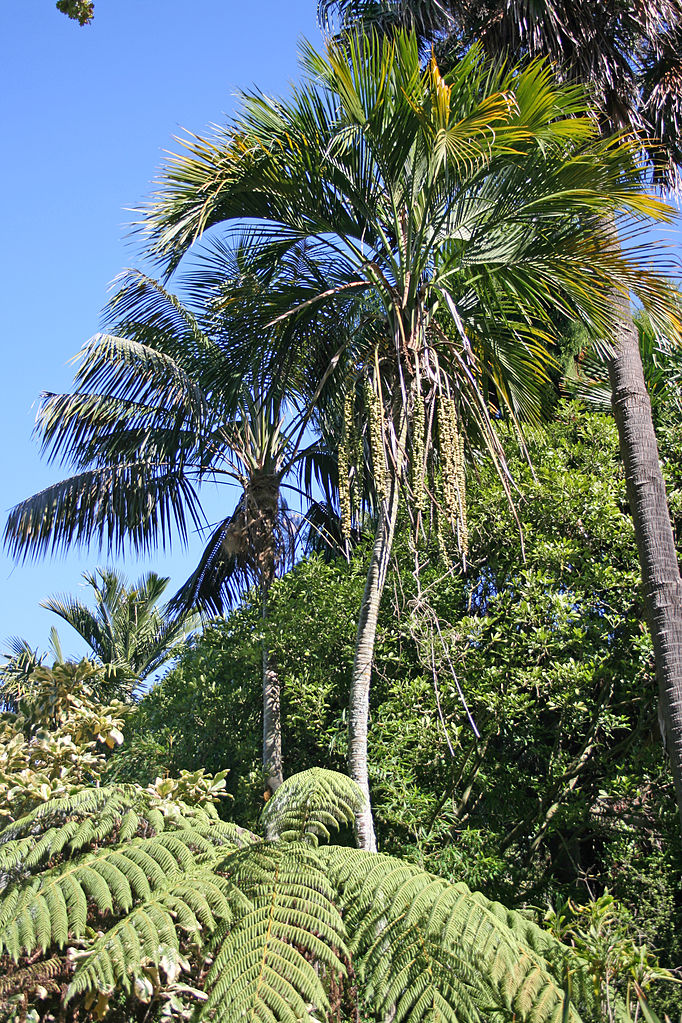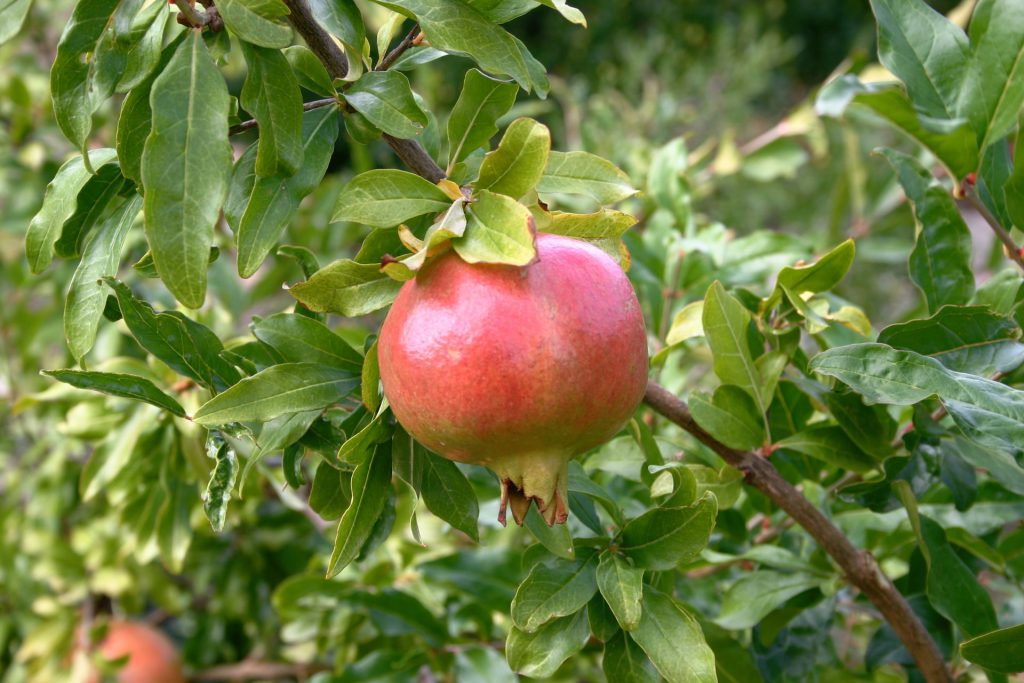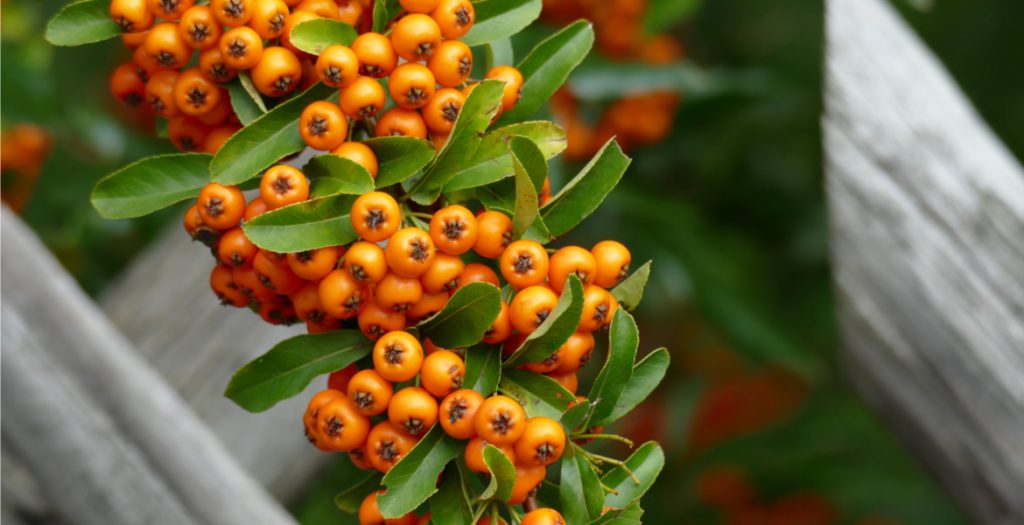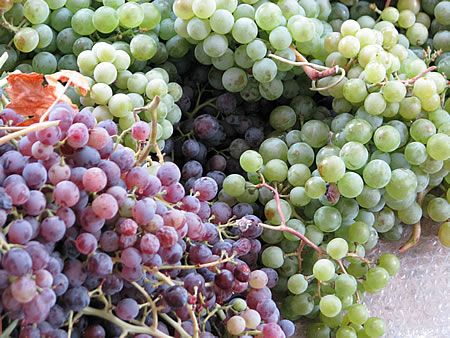The kentia palm (Howea forsteriana) is a tall palm with arching, glossy dark green fronds that will bring a touch of lush elegance to any room. Native to Lord Howe Island, a tiny island off the eastern coast of Australia, it’s also known as the thatch palm, sentry palm and paradise palm.
Howea forsteriana is a low maintenance house plant that’s tolerant of some neglect, so is a good plant for beginners. It’s a good air purifier too, capable of filtering and purifying stagnant air. It’s not toxic to dogs or cats.
Kentia palms are slow growing, so large plants are expensive. Invest in the largest plant you can afford if you’re looking for instant impact.
Check that you have the right spot for your plant – out of direct sunshine and away from draughts. It also needs a fair amount of room as it can reach 3m x 2m height and spread.
How to grow kentia palm
The kentia palm is a low maintenance plant but a bit of extra care will keep it looking good. Grow it in a spot that’s bright but out of direct sunlight and water only when the top few centimetres of compost have dried out in spring and summer. Reduce watering in autumn and winter. Feed with a liquid feed once a month in spring and summer. Place on a dish of moist pebbles, or mist the plant a few times a week, especially in hot weather or if the room is warm.
Where to grow kentia palm
Kentia palms do best in bright, indirect light but will tolerate a bit of shade. Avoid direct sunlight, as this will scorch the leaves, and keep away from draughts. They need a warm room – ideally around 18-24 degrees Celsius, with a minimum of 12 degrees Celsius. They do best in a humid environment so keep away from radiators. Kentia palms are ideal for bringing a lush feel to a bathroom.
How to plant kentia palm in a pot
Plant your kentia palm into a mix of soil-based compost with some horticultural grit or sand added, into a pot with drainage holes.
Caring for kentia palm
Water thoroughly whenever the top few centimetres of compost have become dry. Let any excess drain away. Water less in winter, keeping the soil just moist.
Kentia palms need humidity, so place on a dish of moist pebbles, or mist the plant a few times a week, especially in hot weather or if the room is warm.
Cut off any brown fronds at the base – it’s normal for these to die off from time to time. Feed once a month in spring and summer with a balanced liquid fertiliser.
Wipe the leaves occasionally with a damp cloth to remove dust. A quick solution is to stand your plant under a tepid shower, or even better – stand it outside during a summer downpour.
Replace the top layer of compost with fresh every spring. Repot only when rootbound (you’ll see roots coming out of the bottom of the pot), into a slightly larger pot, in spring.
Kentia palm, possible problems
Brown leaf tips
Brown leaf tips are common on kentia palms. The main reason is that the air is too dry. It may also be too cold, or the plant may have been under watered. You can cut the brown tips off, but don’t cut into green growth as this will just create brown tips again.
Yellowing leaves
Yellowing leaves is normal on lower leaves as they age. Widespread yellow leaves on your kentia palm could mean that the plant is sitting in too much direct sun. It could also be due to under-watering.
Brown fronds
Brown fronds at the base are normal – just cut these away. Widespread brown leaves could indicate overwatering – kentia palms can suffer in cold, soggy compost.
Brown patches on leaves
Brown patches could be caused by sunburn. Move your plant out of direct sunlight.
Dull leaves
Dull leaves that have lost their shine could mean that the atmosphere isn’t humid enough. Misting will help. Move away from a radiator if there is one nearby.
Fine webbing around the leaves and stems
Red spider mite can affect kentia palms. The leaves and stems of the plant will be covered in fine webbing and the upper surface of the leaf becomes mottled. If you look carefully, using a magnifying glass, you will see mites and eggs on the undersides of the leaves. Improve air circulation boost humidity. Alternatively, use sprays containing, fatty acids or plant oils.
Fluffy white blobs on leaf undersides
Mealybugs may be a problem – look out for insects that look like white, fluffy blobs on the undersides of leaves. Wipe them off with a damp cloth or cotton bud that has been soaked in an insecticide that contains fatty acids or plant oils. Keep checking the leaves, as mealybugs can be hard to eradicate.
Raised brown spots
You may also spot scale insects – small, brown sap sucking insects that are around 6mm long. Wipe off with a cotton bud or cloth soaked with an organic insecticide containing fatty acids.
Greek name: Κέντια.
Source: https://www.valentine.gr/kentia_gr.php, https://www.gardenersworld.com/how-to/grow-plants/how-to-grow-kentia-palm-howea-forsteriana/





